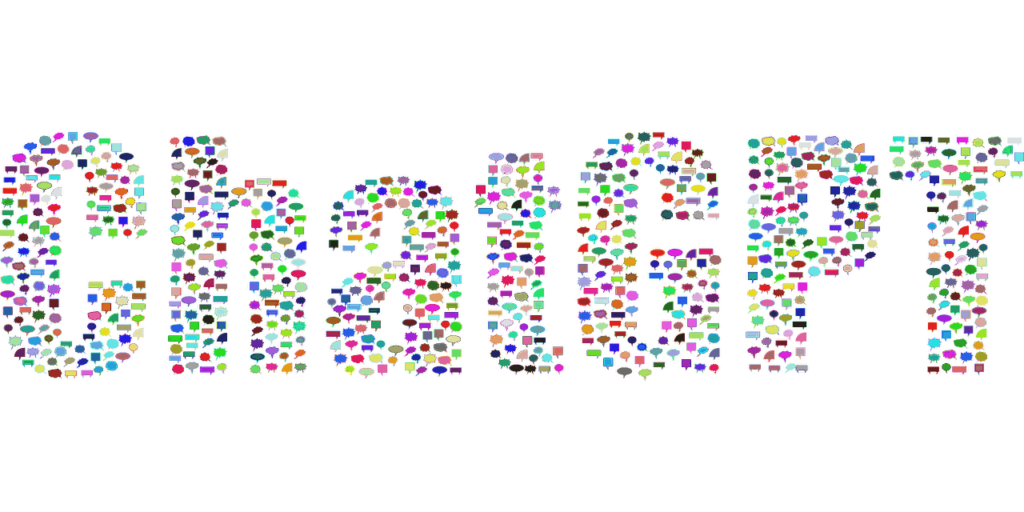
How To Leverage ChatGPT For Writing Product Instructions

Welcome to this guide on leveraging ChatGPT for writing product instructions! In this article, we will walk you through the steps to effectively use ChatGPT, a powerful language model developed by OpenAI, to create clear and concise product instructions. Whether you are a technical writer or a product designer, these steps will help you streamline your writing process and enhance the usability of your instructions.
Steps to Leverage ChatGPT for Writing Product Instructions
Step 1: Familiarize Yourself with ChatGPT
Before you start using ChatGPT for writing product instructions, it is crucial to have a good understanding of what it is and how it works. ChatGPT is an AI language model that uses deep learning techniques to generate human-like text based on the given prompts. It has been trained on a vast amount of data and can provide helpful suggestions and ideas for your writing.
Step 2: Define the Purpose and Audience
Clearly define the purpose of your product instructions. Are you explaining how to assemble a complex device or guiding users on troubleshooting common issues? Understanding the purpose will help you tailor your instructions to meet the specific needs of your audience. Consider the level of technical expertise your audience possesses and use appropriate language and terminology.
Step 3: Prepare a Detailed Outline
Creating a detailed outline is essential for organizing your thoughts and ensuring a logical flow in your product instructions. Break down the process into smaller steps and sub-steps. This will help you identify any gaps or missing information that you need to address. A well-structured outline will make it easier for users to follow along and understand the instructions.
Step 4: Generate Initial Content with ChatGPT
Now that you have a clear outline, it’s time to leverage ChatGPT to generate the initial content for your product instructions. Start by providing ChatGPT with a prompt that outlines the specific step or sub-step you want to write about. For example, “Explain how to connect the power supply to the main unit.” ChatGPT will then generate a suggestion that you can use as a starting point for your writing.
Step 5: Review and Refine Generated Content
While ChatGPT can provide valuable suggestions, it is important to review and refine the generated content to ensure accuracy and clarity. Check for any inaccuracies, ambiguities, or missing information. Make necessary adjustments to align the instructions with your intended purpose and the needs of your audience. Remember, you are the expert, and ChatGPT is a tool to assist you.
Step 5: Review and Refine Generated Content
Enhance the usability of your product instructions by incorporating visuals and examples. Images, diagrams, and videos can help users better understand complex processes or visualize the end result. Use clear and high-quality visuals that complement the written instructions. Additionally, provide real-world examples or scenarios that demonstrate the correct usage of the product.
Step 6: Incorporate Visuals and Examples
Enhance the usability of your product instructions by incorporating visuals and examples. Images, diagrams, and videos can help users better understand complex processes or visualize the end result. Use clear and high-quality visuals that complement the written instructions. Additionally, provide real-world examples or scenarios that demonstrate the correct usage of the product.
Step 7: Test and Iterate
Once you have completed the initial draft of your product instructions, it’s time to test them. Follow the instructions yourself or ask someone unfamiliar with the product to follow them. Identify any areas that may be confusing or unclear. Use the feedback to iterate and refine your instructions. Continuous testing and improvement will result in instructions that are user-friendly and effective.
Step 8: Finalize and Publish
After incorporating feedback and making necessary revisions, finalize your product instructions. Ensure that the instructions are easy to read, concise, and accurate. Consider the formatting and layout to make the instructions visually appealing and accessible. Once you are satisfied with the final version, publish the instructions in the appropriate format, whether it’s a printed manual, a PDF document, or an online guide.
Benefits of Using ChatGPT for Writing Product Instructions
1. Enhanced Clarity
One of the key benefits of using ChatGPT for writing product instructions is the ability to enhance clarity. With its natural language processing capabilities, ChatGPT can help simplify complex technical jargon and provide explanations in a more user-friendly manner. This ensures that customers can easily understand the instructions, leading to a better user experience.
2. Improved Accuracy
ChatGPT can significantly improve the accuracy of product instructions by reducing the chances of errors or ambiguities. It can help identify potential pitfalls or areas where instructions may be unclear, allowing you to refine and optimize the content. By providing accurate instructions, you can minimize customer confusion and increase their satisfaction with your product.
3. Time and Cost Efficiency
Using ChatGPT for writing product instructions can save both time and cost for businesses. Instead of relying solely on human writers, ChatGPT can generate initial drafts quickly, allowing your team to focus on reviewing and refining the content. This not only speeds up the overall process but also reduces the need for extensive revisions, ultimately saving valuable resources.
4. Consistency
Consistency is key when it comes to product instructions. ChatGPT can help maintain consistency in tone, style, and language throughout your instructions. By using the same AI model for multiple instructions, you can ensure a cohesive and unified experience for your customers. This consistency builds trust and familiarity, enhancing the overall brand image.
Prompt for ChatGPT For Writing Product Instructions
Prompt 1
Dear ChatGPT, Can you please develop a manual that is optimized for online viewing for the product named [PRODUCT NAME]? The manual should be [LENGTH OF PAGES/WORDS] in length and must include [NUMBER] hyperlinks to related resources or support. Furthermore, please suggest [CLOSING REMARKS] that encourage users to engage with us further.
Prompt 2
Dear ChatGPT, I would like you to create a user-friendly manual for the product named [PRODUCT NAME] that highlights its key features and benefits. Please include [NUMBER] case studies or examples, and [PROBING QUESTIONS] to help users identify their specific needs or goals. Additionally, provide guidance on how to organize the manual, including [SECTIONS] and [HEADINGS].
Prompt 3
Dear ChatGPT, We are interested in creating an easy-to-understand manual for the product named [PRODUCT NAME] that includes [NUMBER] frequently asked questions and their answers. Could you please provide a template that includes [FAQS] and suggested [CLOSING REMARKS]?
Prompt 4
Dear ChatGPT, Can you create a [LENGTH OF PAGES/WORDS] manual for the product named [PRODUCT NAME] using [FORMAT]? Please include [NUMBER] images or diagrams and suggested [TIPS/BEST PRACTICES] for using the product. Additionally, provide guidance on how to organize the manual, including [SECTIONS] and [HEADINGS].
Prompt 5
Dear ChatGPT, I am in need of a comprehensive manual for the product named [PRODUCT NAME]. The manual should be [NUMBER]-pages long and include [SECTIONS] covering various aspects of the product. Please suggest [KEY FEATURES] to highlight and provide an outline for the manual.
Tips for Leveraging ChatGPT for Writing Product Instructions
1. Provide Clear Prompts
When interacting with ChatGPT, it is important to provide clear prompts to get accurate and relevant responses. Clearly specify the purpose and context of the instructions you require. This will help ChatGPT generate more precise and tailored content, aligning with your specific needs.
2. Review and Edit Generated Content
While ChatGPT can generate initial drafts, it is essential to review and edit the content to ensure accuracy and coherence. AI-generated content may sometimes require fine-tuning to align with your brand voice and style guidelines. Make necessary adjustments to improve readability and clarity before finalizing the product instructions.
3. Incorporate Visuals
Product instructions often benefit from the inclusion of visuals such as images, diagrams, or videos. While ChatGPT excels in generating text-based content, it may not provide visuals. Enhance the instructions by incorporating relevant visuals to supplement the written content. This will further aid customers in understanding the instructions and using the product effectively.
4. Test and Iterate
As with any new tool or process, it is important to test and iterate. Experiment with different prompts and review the output to find the best approach for your specific product instructions. Continuously refine and improve the instructions based on user feedback and customer support queries. This iterative process will help you optimize the effectiveness of using ChatGPT for writing product instructions.
5. Maintain a Human Touch
While ChatGPT can generate high–quality content, it is important to maintain a human touch in your product instructions. Ensure that the instructions are not overly technical or robotic in nature. Incorporate empathy and a conversational tone to make the instructions more relatable and user-friendly. This human touch will help customers feel supported and engaged throughout their product journey.
Final Words
Leveraging ChatGPT for writing product instructions can significantly streamline your writing process and improve the quality of your instructions. By following these steps, you can effectively use ChatGPT as a tool to generate initial content, while also incorporating your expertise and refining the instructions to meet the needs of your audience. Remember, ChatGPT is a powerful assistant, but it is your expertise and understanding of the product that will ultimately create clear and user-friendly instructions.
For more such information come to our array of prompts to the way of your work.








